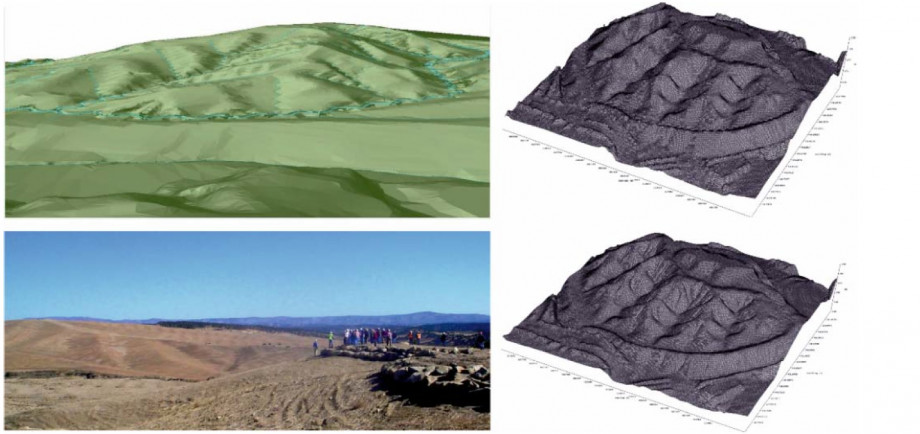LANDFORM DESIGN AND MODELLING FOR BEST PRACTISE IN MINE REHABILITATION
-
Inicio: Martes, 18 septiembre 09:00
Fin: Viernes, 21 septiembre 14:00 - Facultad de Ciencias Geológicas, UCM

Mining is necessary for maintaining society’s current lifestyle and facilitating future growth and will continue to develop at a global scale. Even if the use of some mineral resources may decline (such as coal), the need for other minerals for emerging technologies will concurrently grow. The generation of solid and liquid wastes and their discharge onto land and into waterways are arguably the greatest impacts on the environment associated with mining. The science of Geomorphology provides the best framework for understanding and quantifying stability and changes in erosion and sedimentation, which is the root of the wastes’ release to the environment from disturbed mine sites. When fluvial geomorphic processes are integrated for designing steady state and functional landforms, the mine‐rehabilitated lands can perform like stable natural ones. This process is enhanced by using Landscape Evolution Models (LEM) that simulate the evolution of landforms subjected to fluvial erosion and mass transport processes. LEM use widely accepted hydrology and erosion models under the action of runoff and erosion over variable‐time scales. Current worldwide cutting‐edge best practice in disturbed mine rehabilitation merge methods and packages for landform design and landscape evolution modelling, increasing their capabilities. This course is an introduction of what are considered some of the best available techniques, on a global scale, for Fluvial Geomorphic Design (GeoFluv – Natural Regrade) and LEM (SIBERIA) for best practice in mine rehabilitation. The practical emphasis is strong, almost totally focused in the use of specific dedicated software, taught by the best experts worldwide. It is completed with lecturers about the state of art of geomorphic mine rehabilitation and GPS machine guidance for geomorphic mine rehabilitation. Field work, discussions and networking complement the course.
LECTURERS AND TRAINERS
Greg Hancock, Associate Professor at the University of Newcastle (Australia). Greg made his Ph.D. on the use of the SIBERIA model under the supervision of Professor Garry Willgoose, inventor of the Landscape Evolution Model SIBERIA. He has more than 25 years of experience in the use of SIBERIA, and he is one of the most influential authors worldwide in the field of landform stability in mine rehabilitation. He also masters the use of other Landscape Evolution and Soil Erosion models. https://www.newcastle.edu.au/profile/greg‐hancockNicholas Bugosh, Principal of the GeoFluv company (www.geofluv.com, United States). Nicholas Bugosh is the inventor of the patented and widely‐acclaimed GeoFluv method and the Natural Regrade software. He is, therefore, the best expert, worldwide, in this technique, which has been identified as Best Available Technique for Mine Rehabilitation both in the US and at the EU.José F. Martín Duque, Associate Professor at the Complutense University of Madrid, Spain. His extensive work has included design, modelling, monitoring and publishing in erosion and geomorphic rehabilitation of mined lands since 1995. He directs a specialized research and technology‐transfer university group (www.restauraciongeomorfologica.es) on this topic and teaches it for two master programs. José has led many projects in this field, and has lectured about this innovative discipline, in many different countries.Rod Eckels, graduate and master in Surveying, is specialized in applying high‐accuracy GPS to surveying applications. In 1987, Rod joined Leica Geosystems, to promote and support their range of GPS surveying equipment in the Australasian region. In 1997, Rod moved to California with Leica, where his role was to develop new applications for GPS in machine guidance and control systems. He then met Nicholas Bugosh, who was implementing the GeoFluv approach at the BHP La Plata open pit mine in New Mexico. In 2006, he started “Landforma” (https://www.landforma.com/) to promote the Fluvial Geomorphic approach to land rehabilitation in Australia.-
